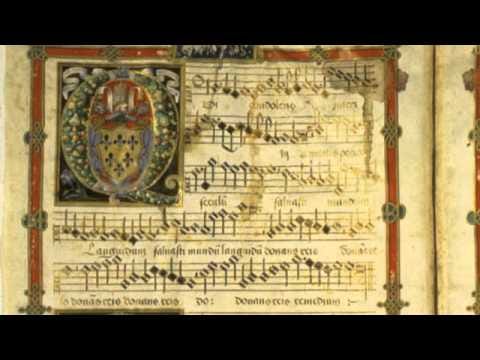Don's Weekly Listen: Respighi's Concerto Gregoriano
The name Respighi is known to concertgoers these days for far fewer works than it ought to be. The barn-burning Roman Trilogy, along with an occasional performance of the Ancient Airs, are all today’s audiences get from one of the most original musical minds of the early 20th century. After listening to it, I believe you’ll be surprised that you had never heard of his Concerto Gregoriano. It may even claim a place in your pantheon of top violin concerti.
At the turn of the 20th century, Italy was the sick man of the classical music world. The golden era of bel canto opera (exemplified by composers like Rossini, Donizetti, and Bellini) was long gone, and Verdi, Italy’s reigning opera king, was fading. The new wave of operatic “verismo,” exemplified by names like Puccini, Mascagni, and Leoncavallo, while wildly popular, would not restore Italian music to the respected position it had occupied 50 years earlier. And Italy’s place in instrumental concert music in the 1890s and 1900s—as French impressionism and Austro-German late romanticism captivated the world—was, in a word, nowhere.
Into this relative vacuum walked young Ottorino Respighi, charting a new path forward for Italian music that drew inspiration less from the opera theater than from his country’s rich history, visual arts, and natural beauty. He was a gifted melodist and a master orchestrator—a trait he owed in no small part to Nikolai Rimsky-Korsakov, with whom he studied for several months in 1900 (while playing viola at the Russian Imperial Theater in St. Petersburg) and then again in 1902.
By the outbreak of the Great War, Respighi’s training in Russian orchestrational craft had helped him to develop a singular musical voice. By turns rich, hedonistic, and deeply sensitive, his music seems to be leaning longingly off the stern of the postwar ship of state, staring at the silhouette of prelapsarian Europe as the mist swallows it up.
One work perfectly representative both of his backward-looking romanticism and orchestrational innovation is his 1921 Concerto Gregoriano. The concerto is a glowing, elegiac work for violin and orchestra built on motifs from Gregorian chant. While its materials evoke South European Catholicism, this is not purely religious music. Listening to it, the boundary between religious contemplation and private passion seems to soften—leaving us unsure what is sacred and what is profane. In that respect, listening to it is like reading Dante.
Restraint is not one of the concerto’s virtues. (Perhaps I am betraying my weakness for schmaltz by sending it to you. Sorry!) But tasteful or not, it is a masterpiece that builds its own coherent world within the listener’s mind. To me, its atmosphere evokes Nathaniel Hawthorne’s The Marble Faun (a romance on three young American travelers in Rome). You will feel that you are wandering past cathedrals, statuary, and fountains that are stained by age, but whose permanence accords them a mystical, intoxicating power. This uncanny power might, if you’re not careful, overwhelm your rational mind and impel you either to some act of horror (like Hawthorne’s antagonist Donatello), or perhaps of redemption.
Why is this gorgeous piece not heard more frequently? I propose two explanations. First: compared to the stalwarts of the violin concerto repertoire, it’s not virtuosic enough for violin superstars to want to learn it. The solo violin is more of a participant in the orchestra than a soloist, which makes it a relatively thankless piece. Second, there are many people in the orchestra world who think they’re above music that wears its heart so brazenly on its sleeve. I’m not one of them.
Above, you’ll find the Concerto Gregoriano expertly played by Andrea Cappalletti with the Philharmonia Orchestra, conducted by Matthias Bamert.
Enjoy!
DB



